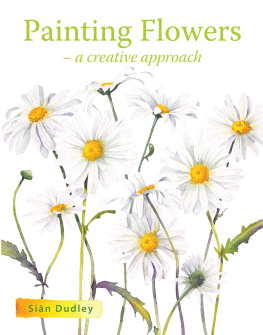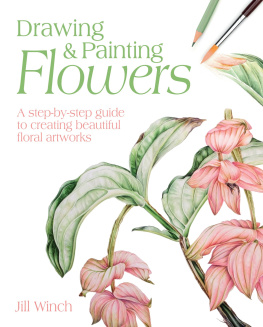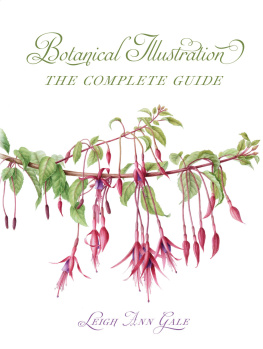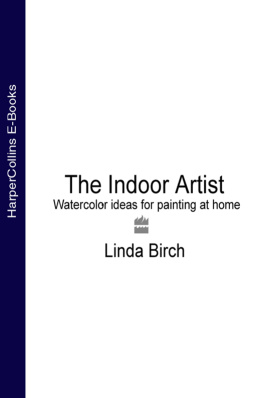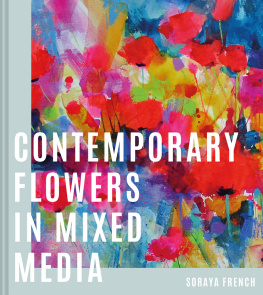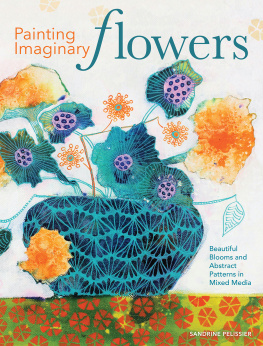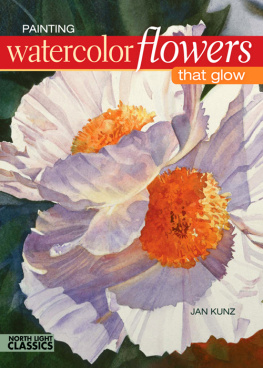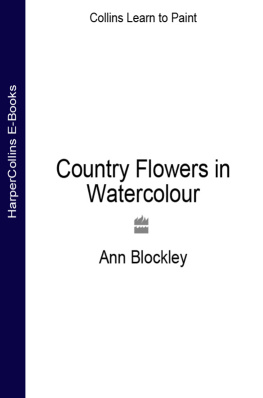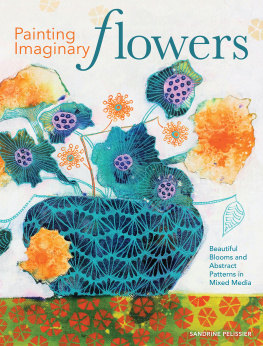Painting Flowers
a creative approach
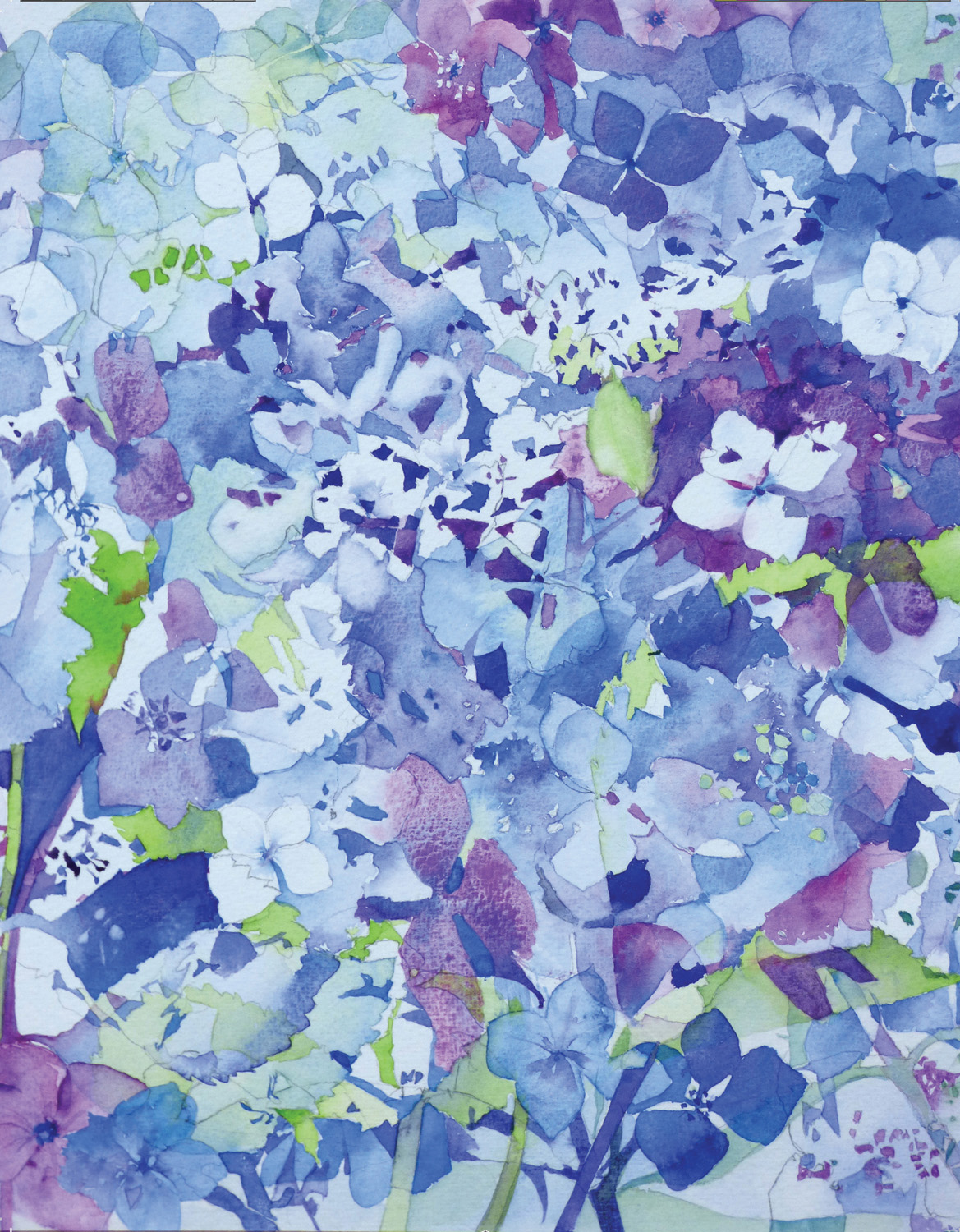
Painting Flowers
a creative approach
SIN DUDLEY

THE CROWOOD PRESS
First published in 2018 by
The Crowood Press Ltd
Ramsbury, Marlborough
Wiltshire SN8 2HR
www.crowood.com
This e-book first published in 2018
Sin Dudley 2017
All rights reserved. This e-book is copyright material and must not be copied, reproduced, transferred, distributed, leased, licensed or publicly performed or used in any way except as specifically permitted in writing by the publishers, as allowed under the terms and conditions under which it was purchased or as strictly permitted by applicable copyright law. Any unauthorised distribution or use of thistext may be a direct infringement of the authors and publishers rights, and those responsible may be liable in law accordingly.
British Library Cataloguing-in-Publication Data
A catalogue record for this book is available from the British Library.
ISBN 978 1 78500 372 1
Dedication
For Rob, for Purple Pansy Sunday and for your patient and loving encouragement in the many years since.

Contents
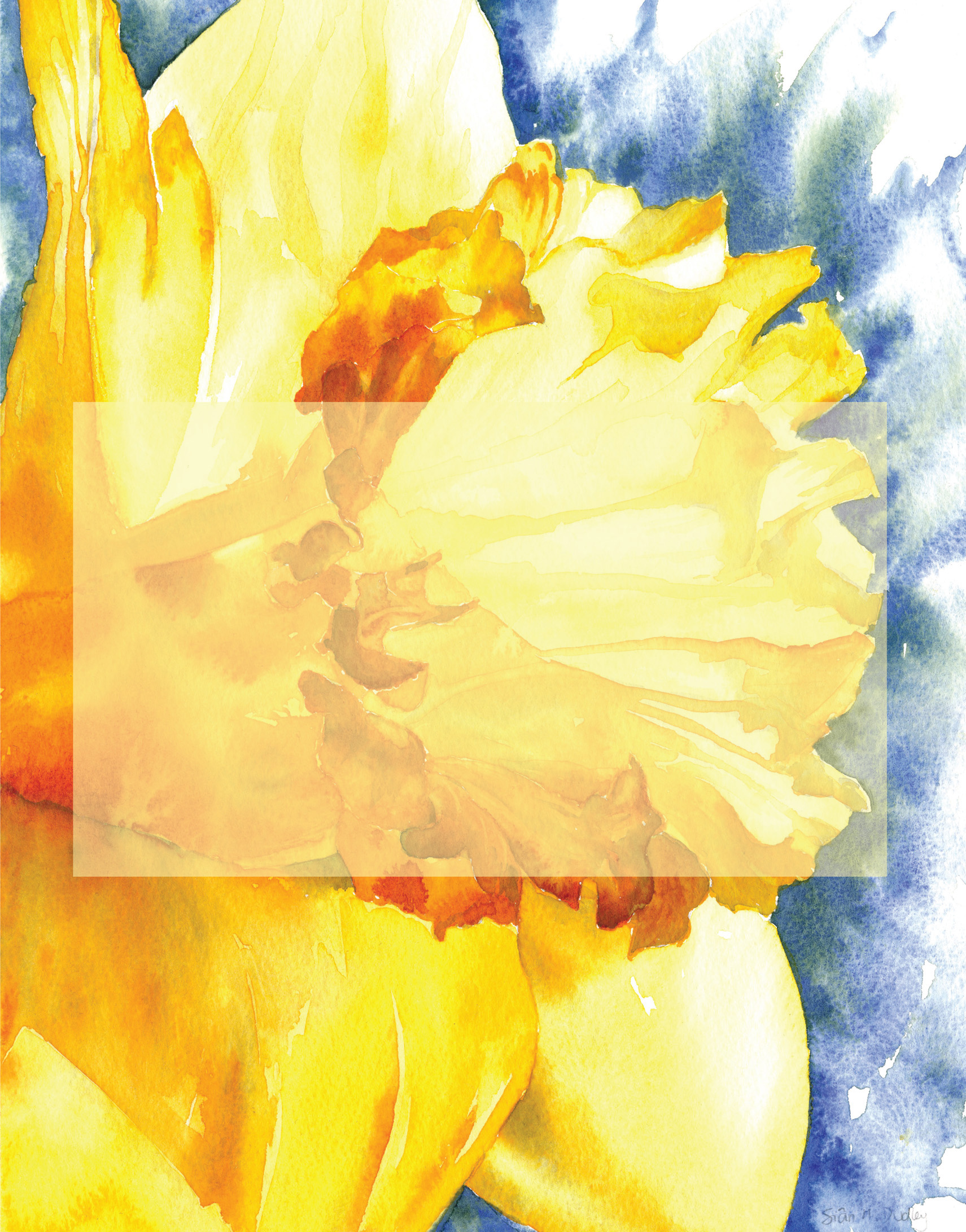
Introduction
I knew I had found my ideal medium the very first time I painted with Artists Quality watercolours. I was painting a deep purple pansy, freshly picked from my garden. I mixed the colour on my palette, and carefully placed it onto a dampened area of paper. What happened next quite literally took my breath away. As the colour flooded across the paper I gasped, and my knees went weak. I knew instantly that this was the medium I had been looking for. That was many years ago now, and I can scarcely believe that I still have the same reaction. Watching paint move with a will of its own, and the brilliance and clarity of bright fresh colours, still causes an involuntary intake of breath. Sometimes when I am demonstrating I have to concentrate hard to stop my knees buckling.
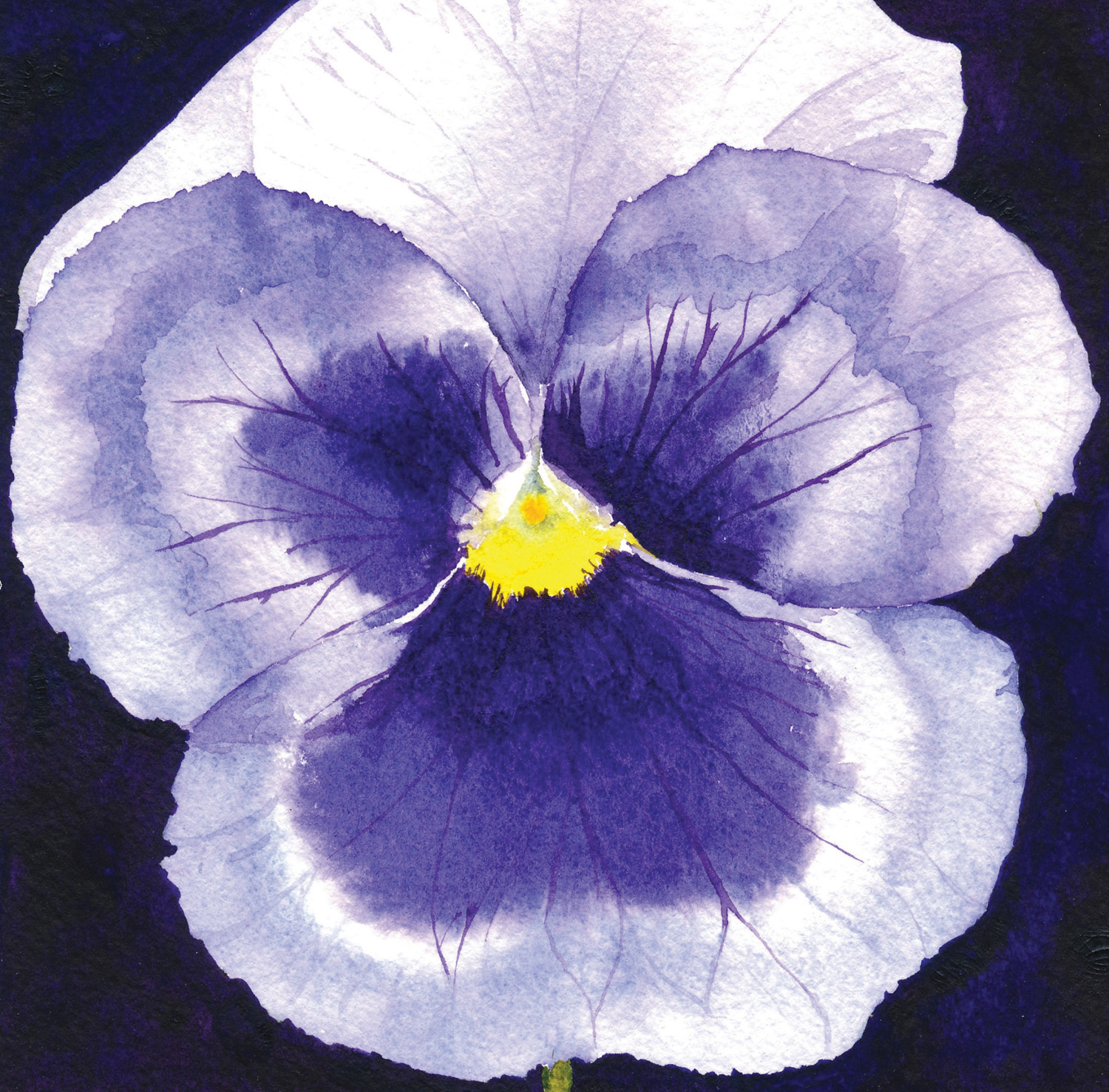
The Purple Pansy; a life changing painting.
Like many artists, I can genuinely say I have always drawn and painted. It is an impulse which I have found impossible to ignore; it just has to be done. The day just doesnt feel complete without creating something, and the best days are when that something is a painting or drawing.
Growing up in a science-based household, my artistic nature was encouraged, but not fully understood. Art was considered a hobby, not a need, and despite my fathers valiant attempts to aid me in my interest, the finer points of art and art materials were missed. Science won and my fascination with detail and wanting to know how things work finally led me to a degree in Microbiology. Thankfully this involved hours and hours of drawing. These were very precise, descriptive diagrams, focussing on tiny details and an accurate representation of the plant or animal we were studying. It called for intense observation, but any form of artistic expression was strictly forbidden. In spite of this I enjoyed every moment of making these drawings, from developing an ability to notice each tiny feature of my subject to learning to control my pencil to join two lines so that the join was invisible. This of course is the basis of botanical illustration, the purpose of which is to record a plant carefully and accurately in order that the illustration could be reliably used for identification purposes.
And so to the plants. I love flowers! I love the colours, the shapes, the way they move, the architectural qualities, the softness, the play of light on and through petals and the kinetic qualities of their shadows.
Oh, and the scents. The wonderful scents! There is a saying that you can hear an excellent landscape painting, because you are transported into it; imagining yourself standing there, you can hear the sounds that would be present. Wouldnt it be wonderful to similarly transport the viewer of a floral painting to imagining themselves picking up the flower and being able to breathe in the delicious scent?
When I acquired my first garden, it was quite natural for me to draw and paint the flowers I grew, and very natural to continue in the botanical illustrative style I that I had already developed to quite a high standard. But now I could add colour, which was very exciting. I experimented with all sorts of materials, some very interesting, but none that thrilled me.
The afternoon I painted the pansy quite literally transformed my life. I had discovered a medium that gave me the opportunity to mix the exact colour I wanted, very easily. More than that, the watercolour seemed to have a life of its own, which was very exciting. It did unexpected things at unexpected times. Frustrating, of course, but I saw that as an exciting challenge. My initial interest in colouring the illustrations quickly developed into an exploration of the medium itself. The more I experimented and explored, the more exciting it became, until I realized that I had reached a point where it was the medium, not the subject matter, that was leading my decision-making when I painted. My paintings were no longer tight botanical illustrations, but much looser flower paintings. The subject matter was still recognizable, but the painting was now also about the paint and the painting process, not just the flower. My paintings were no longer a celebration of flowers in paint, but a celebration of flowers and paint.
In my very brief time as a scientist, I was trained to design experiments and analyze the results, and I think when my painting started to evolve from a tight illustrative style to a looser, freer style, I was instinctively adopting this same approach. That degree had to be useful for something as I never worked as a scientist, instead becoming a teacher, and very quickly finding myself teaching art.
I have often heard artists who paint detailed figurative work expressing the idea that they would like to paint more loosely, but have no idea how to go about it. Further questions establish that the person I am speaking to has attempted to make a leap from figurative painting to a much looser style. Experience has shown me that leaps of this kind, without a thorough understanding of techniques, rarely results in success. I have also discovered that many people feel that they ought to paint in a loose style; not only do they not know how, they are not even really sure that they want to. It saddens me to see enthusiastic artists embark on an exciting voyage of discovery, only to be thwarted by either dogma or an ill-considered approach.
I realized that through the evolution of my own work, I had developed an approach to painting that readily allowed transition from one painting style to another, whether in the usual direction from tight to loose, or the other way around. Having an analytical mind means that I have developed a considered approach to design, which has helped enormously in making decisions about style and freed me creatively. Taking time to think before and during painting actually speeds up productivity, because the chances of success are so much higher.
This book will guide you through this approach. The approach laid out here is for anyone who would like develop their own painting, whether you wish to change your style, or you are comfortable with your choice of style but would like to improve your painting ability. Obviously in this book I will be sharing my passions for watercolour and painting flowers, but you will find that the approach itself is applicable to any subject matter and any medium.
Next page
